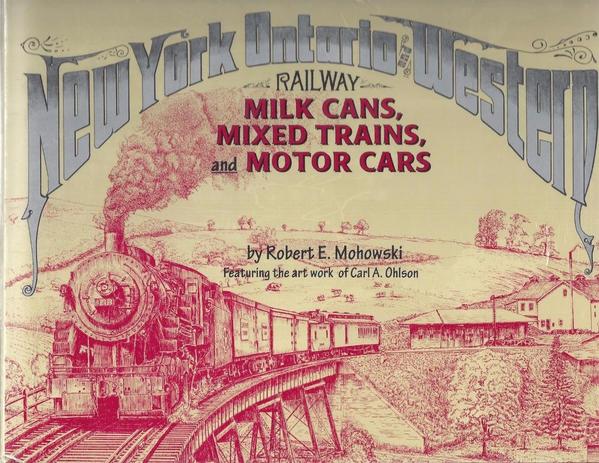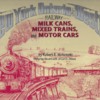I've got a Lionel 6-83576 B&O milk reefer on order, Vol. 2, 2016, p. 41. I was planning on adding little milk cans, sawdust, and ice to model farmers loading up the car for transportation to a dairy company like Borden's/Hood or better yet to a RR commissary. Then I reread the catalog copy. This car has twin glass-lined tanks that kept the milk cool. So, individual milk cans are out.
I'm having trouble wrapping my head around how these large tanks worked in a typical transportation scenario. Would a car like this be stopped on a team/freight track that the farmers would drive up to and empty their cans? Would a large diary have its own car and siding? Then off it would go to its destination for partial or complete unloading (via a spiggot or something)? Into milk cans or a large holding vat inside a building? Or were these tanks used instead only by those large dairy companies that I just mentioned, perhaps to transport for processing or to large customer institutions? And what sanitary measures would be taken? It seems like individual milk cans traceable to a farm would be better than big vats that comingle the product.
The underlying question is that I'd like to understand the real RR "operations" behind these cars for working out a farm-to-dining car scenario -- in this case, for the tons of milk that were used daily in a dining car kitchen. (If the real world scenario is uninteresting, not relevant, or too complicated for a floor layout, I can just remove the vats and go back to my original milk can and sawdust idea ![]() .)
.)
Thanks in advance,
Tomlinson Run Railroad






